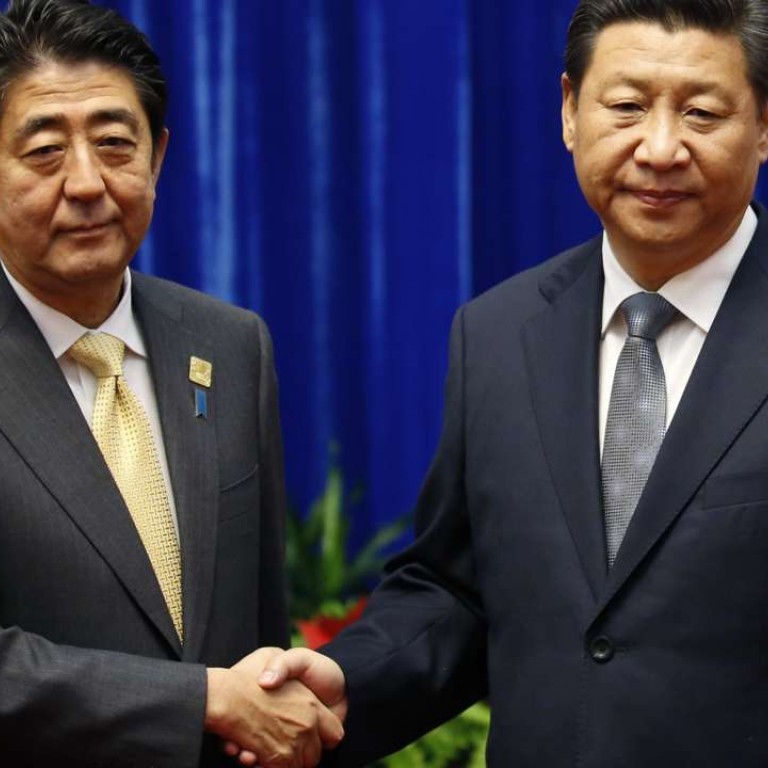
Once friends, now foes? Unearthing the uneasy relationship between China and Japan
Lots of bad blood over wartime history and territorial disputes, but Japan’s still the place to go for Chinese tourists
Since China and Japan established diplomatic ties in 1972, cooperation between the two countries has improved and increased ... until disputes over history and territory froze bilateral relations in recent years.
Along with the rising political tensions came shrinking trade and economic ties as the disputes aroused nationalist sentiments in China.
Still, Japan remains a popular tourist destination for the Chinese people.
We explore the “frenemy” relationship between the two countries.
Rising political tensions
- Beijing has been angered by government-approved history books in Japan that either downplayed or completely censored the Nanking massacre. The massacre occurred over more than a month, from December 1937, when Japanese soldiers captured Nanjing during the war and mass murdered Chinese civilians.
- Although Tokyo has acknowledged that a mass murder did take place, the two countries have never agreed on the number of people who died. Beijing claims the death toll is 300,000 while Japanese historians say it numbers from several thousand to 200,000.
- Beijing has protested over visits by Japanese leaders – Prime Minister Shinzo Abe and his predecessor Junichiro Koizumi – to the Yasukuni Shrine in Tokyo, where wartime criminals are commemorated.
- China and Japan both lay claim over the Diaoyu Islands, or Senkaku Islands as Japanese call it. Bilateral ties deteriorated rapidly in September 2012, when Tokyo bought three of the disputed islands from their “private owner”. Anti-Japan protests and boycotts, as well as riots in some cities, broke out across China over the matter.
- State leaders Xi Jinping and Shinzo Abe have met several times at international events, but state visits have stopped, as have minister-level visits. The last visit by Japanese foreign minister Fumio Kishida was in 2011.
Shrinking economic ties
- Trade between China and Japan suffered severely after bilateral ties froze partly over Tokyo’s buying of the three disputed islands in 2012.
- Trade growth with Japan shrank 19 percentage points in 2012 to -3.9 per cent but expanded slightly the following year. In the first 10 months of 2015, trade growth dropped 11.19 per cent year-on-year.
- The Sino-Japanese High-Level Economic Dialogue, a bilateral minister-level meeting, has not been held since 2010.
But it’s not all doom and gloom for Sino-Japanese relations.
Despite the bad blood between the two sides’ political leaders in recent years, Japan remains a popular tourist destination for the Chinese people.
Civil exchanges
- With Japan’s rising popularity as a key destination among Chinese tourists, some 5 million Chinese people travelled to the country last year. In stark contrast, visits by Japanese tourists to China have dropped for five consecutive years. Some 2.5 million Japanese visited China last year – one million less than in 2010.
- In terms of financial aid, Japan’s Official Development Assistance (ODA) programme has provided China with about 3.31 trillion yen (HK$230 billion) in loan aid, 157 billion yen in grant aid, and 181 billion yen in technical cooperation funds since it started in 1979. Projects in China include large-scale infrastructure projects such as roads, airports and power stations, as well as infrastructure projects in medical and environmental protection areas.

